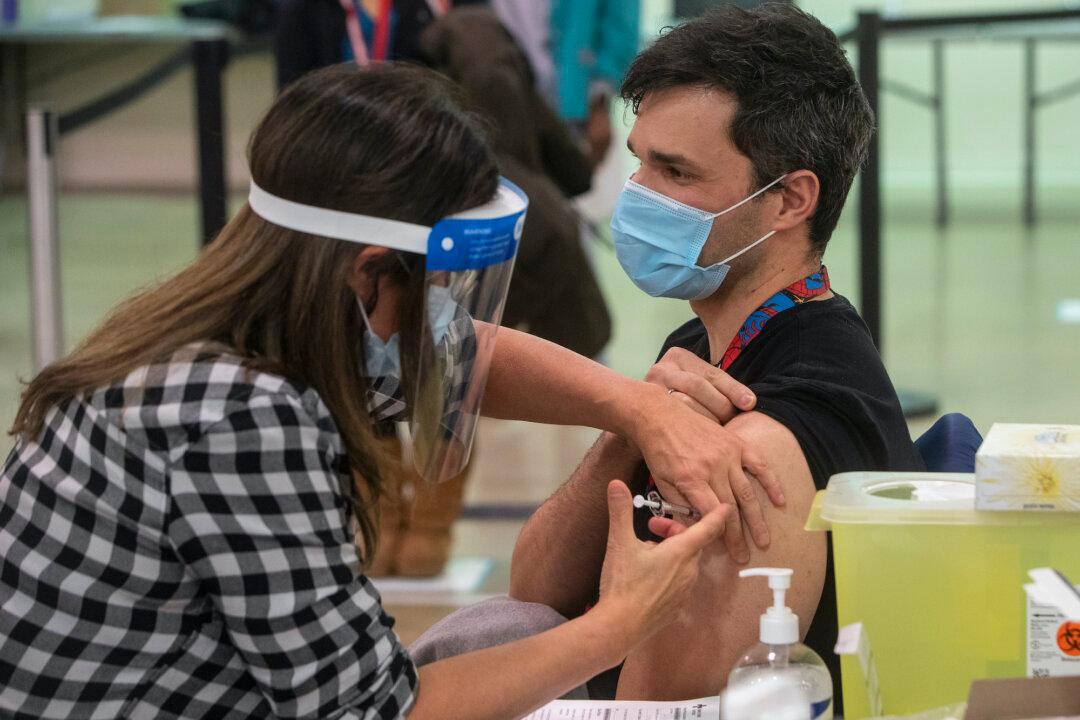Canada is lagging significantly behind other G7 countries in its vaccine rollout—the latest in a series of critical “pandemic management failures” by the federal government, says the former CEO of pharmaceutical giant GlaxoSmithKline.
Before retiring in 2012, Paul Lucas served as president and CEO of GlaxoSmithKline (GSK) Canada for 16 years. He was intimately involved in the production and distribution of the Canadian vaccine for the H1N1 pandemic in 2009, which was developed in the GSK vaccine factory in Quebec City, rolled out, and administered to millions of Canadians within several months.





